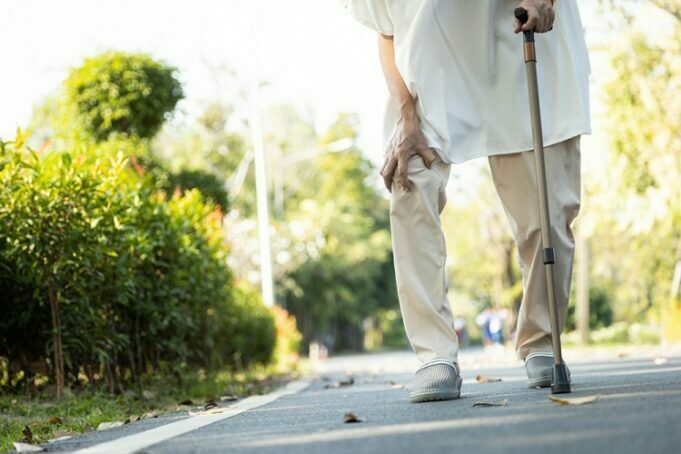Osteoporosis is a health condition that causes the bones to become weak, such that a fall or even exposure to mild stresses such as coughing or bending over can lead to a fracture. Osteoporosis-related bone fractures usually occur in the wrist, spine, or hip. Osteoporosis is also caused when the growth rate of new bone is lower than the rate of losing old bones. Moreover, osteoporosis typically affects both genders of all races, especially older Asian and white women who are past menopause. In this article, we will discuss the various treatments for osteoporosis, and why you have it treated at Plano The Riegel Center.
Table of Contents
What causes osteoporosis?
There are various factors that can lead to osteoporosis, of which you can control some, and others are beyond your control. They include:
- Family History. Research has proven that your risk for developing osteoporosis may increase if any of your parents have a medical history of osteoporosis-related fracture.
- Body size. Slender, thin-boned men and women are at a greater risk of developing osteoporosis than thicker-boned men and women.
- Age. Your bones tend to weaken with age increasing your risk for osteoporosis.
- Asian and White women are at a higher risk of developing Osteoporosis than Mexican American and African American women.
- Females are at a greater risk of developing osteoporosis compared to men.
- Diets low in vitamin D and calcium can increase your chances of developing osteoporosis and fractures.
- Hormonal changes. Low estrogen levels in women and testosterone in men can increase the risk for osteoporosis and fractures.
- Certain medications. Long-term use of medications such as antiepileptic medicines, proton pump inhibitors, cancer medications, and glucocorticoids can increase the chances of developing osteoporosis.
- Poor lifestyle choices such as heavy drinking of alcohol and prolonged periods of inactivity can increase your risk for osteoporosis.
- Other medical conditions. Such as HIV/AIDS, hormonal diseases, anorexia nervosa, and rheumatoid arthritis can increase your risk for osteoporosis.
Diagnosis
If your healthcare provider diagnoses you with osteoporosis, they may recommend a dual-energy x-ray absorptiometry (DEXA) to scan and measure the density of your bones. During the scan, you will be asked to lie on a couch, fully clothed, while your bones are x-rayed. The scan usually takes a maximum of 15 minutes.
Treatment
If the medical examination indicates that you have osteoporosis, your doctor will work closely with you to develop a personalized treatment solution. Since there is no cure for osteoporosis, your doctor will prescribe some medications that will slow the disintegration of bone in your body and encourage the growth of new stronger bones. Your healthcare provider may also recommend some lifestyle changes that can include increasing your intake of vitamin D or calcium, as well as increasing your levels of physical activity.
Conclusion
If left untreated, osteoporosis can result in severe health effects such as painful fractures that take a long period to heal completely. At the Riegel Center, we offer highly personalized treatment options to help manage their osteoporosis-related fractures. Feel free to call us today at 972-529-5959 to book an appointment or visit our offices in Plano, Texas.










